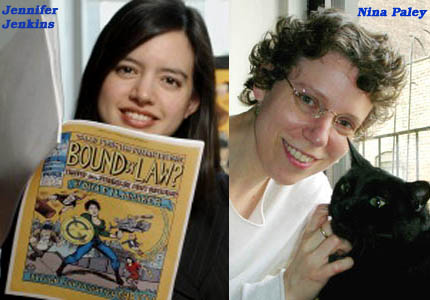Dear Ms. Paley,
I had the pleasure of watching a showing of “Sita Sings the Blues” at the Denver Film Festival this past weekend. I was thrilled by the insightful, witty, and often times hilarious telling of Sita’s story.
I am a first generation Indian woman, and I was equal parts intrigued and wary about “Sita Sings the Blues” when I first heard about it. I was intrigued because Sita’s part in the Ramayana has always bothered me and I was curious to see how her story would be told from a modern feminist perspective. I was wary because, as an Indian-American, I have seen aspects of the Indian culture mutated and exploited in ways that are, frankly, offensive. “Sita Sings the Blues” exceeded all of my expectations and I came away from the showing very satisfied.
My personal favorite part of the feature was the commentary about the Ramayana by the three puppets. I felt a strange sense of deja vu, as I am certain I have had many of the conversations before with my parents and siblings. From the apparent incongruity of Sita throwing jewels when she was supposedly in her Sanyasi clothing, to ruminating on exactly what happened when and what is the pronunciation for that demon’s name!
Every part of the story spoke to me. It was apparent that you had extensively researched the Ramayana in the making of this film. Thank you for giving Sita her much needed voice to sing the blues.
I have to admit, the only part of the movie experience that was annoying to me was trying to articulate to my friends the reasons why I enjoyed the film so much. The experience was visceral for me, and it almost defies an intellectual, oral explanation.
I was saddened to hear that this film would not be released for widespread circulation or for DVD release. This is a story that I would have liked to share with my family and friends and make a part of my lexicon of Hindu mythology.
If there is anything that I can do to enable this film to be widely circulated, please let me know. I would be more than happy to write letters, start petitions, etc. I don’t know enough about the film industry to intuit what needs to be done, but I’ll take whatever suggestions you care to give.
Again, a big, capital THANK YOU for making this film. It is brilliant.
–Sima Patel
(blogged here with permission)

